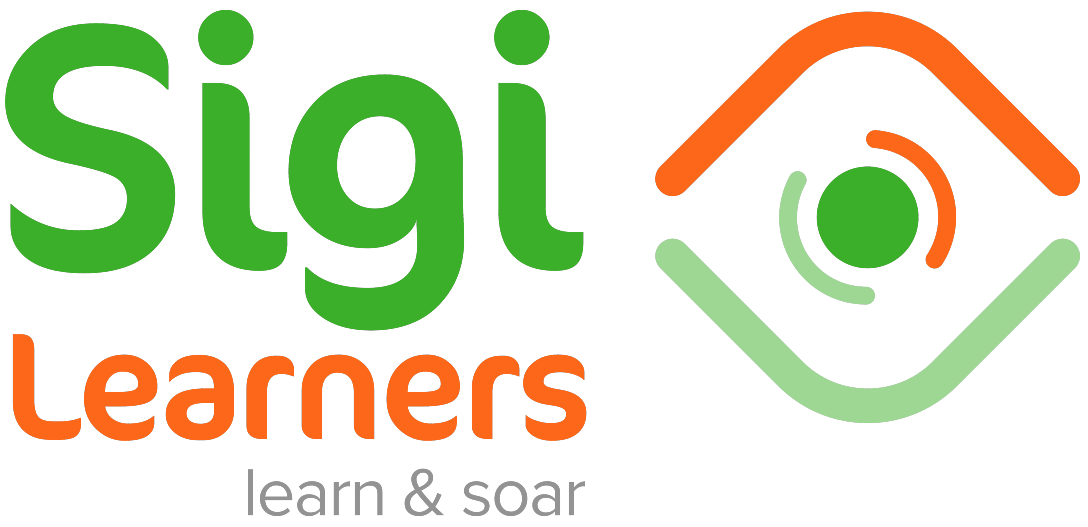In more detail, how should I prepare for the Selective High Schools Test?
Let’s get specific.
For reading and comprehension
Make sure your child builds up a vocabulary which matches that of a year 8 student at the very least.
I’m not kidding.
One of my year 5 students read War and Peace and another one who scored a soaring 257 out of 300 highly recommends Sherlock Holmes and Les Miserables. See what I mean? But then again, books like Dracula, Holes, and The Hobbit are fine too.
A strong
In fact, books with the vocabulary density of Harry Potter (which is not very dense) should make the cut too because they rouse and elevate imagination. Any book with allows your child to experience another culture can be considered. Take, for instance, a female student in my class who scored 255 out of 300 in the selective high schools test this year (2015). Recently, she has been glued to a series called Cavendon Hall, which prompted my inquisitiveness:
‘Vivian, why do you read Cavendon Hall?’ I asked seriously as though we were sitting in an interview.
‘It’s really interesting. I really like reading about the aristocracy and, like, how come we don’t have them anymore. So this story is about these aristocrats assisting wounded soldiers during World War I.’
So read. Learn about our world because it will teach you a lot about people and our universal behaviours.
More importantly, make sure that you answer complete reading and comprehension workbooks as this is the most practical way of progressing in this subject. While reading offers knowledge and heats imagination, it is ultimately not active enough to develop the intellect. Your child must answer engage with and respond to the text by answering questions. Only in this way can you gauge whether he or she truly understands what is being read (hence ‘comprehending’) and can he or she test their understanding. If they get the question wrong, then they can read and interpret the text again. The mind activates and the intellect develops.
Also, ensure that mistakes are corrected otherwise they will not be learning.
Here are reading and comprehension books that I recommend, in order of increasing difficulty:
Excel Reading and Comprehension Tests
Basic Skills Old and new
ICAS papers
Crusoe
A2G
Advanced Reading and Comprehension Basic Skills
If you’ve finished them (properly), then send me an email!
When you’ve finished those books, you may be ready to tackle texts like the one below, which is just a paragraph from a sample selective schools placement test.
Jørn Utzon had only a small architecture practice in Denmark when in 1957 he won the international competition to design the Sydney Opera House. The building was completed in 1973—long after Utzon had retired in frustration and anger. This spectacular building consists of two principal elements: a solid rock-like base containing ancillary areas and a great superstructure of shining tile-covered shells soaring above it, enveloping the two major halls. The base, surfaced with reconstructed granite, rises in massive steps to the halls, whose dished floors are pressed into the base like great thumbprints. The drama of the structure dominates all—both externally and internally—the great shells springing and fanning out from massive point supports. The functions of the building take place within the spaces left by the structure.
It won’t be easy but it is possible for your child can prepare for it!
For Mathematics
As for mathematics, helping your child gain a deep understanding on each concept. Deep understanding is crucial for students who are new to a topic.
Let me give you an example,
How many centicubes would a 2 m by 2 m by 2 m cube contain?
Tutors who don’t care will explain it like this:
‘Just remember that 1 m3 = 1, 000, 000 cm3.’
‘Therefore, an 8 m3 = 8, 000, 000 cm3.
A good tutor or a SIGI Learners tutor will explain it like this:
‘Firstly, guys, the golden rule is this: 1 cm = 1 g = 1 mL.’
‘Next, 1 m3 = 1, 000, 000 cm3’
‘Therefore, 8 m3 = 8, 000, 000 cm3.’
‘We convert each side into centimeters, making it 200 cm x 200 cm x 200 cm’
‘So if each side is converted into cm and then multiplied, we have 8, 000, 000 cm3.’
The ability to understand why we took those steps needs to gained before using shortcuts and moving onto harder problem solving.
Last but not least, I would advise that your child pays attention to the instructions and hones their problem solving skills through hours of practice every week. These are prerequisites to effective preparation for the Selective High Schools Test!
For General Ability / G.A.
General Ability! It’s the fun section of IQ questions and also the only component in which 100% of the marks come from your child’s performance in the test. The score is unaffected by your child’s performance at school, unlike the reading, writing and mathematics components.
People say that you cannot prepare for the general ability component but I would like to flatly state that that is nonsense. Of course, you can.
You can prepare for verbal reasoning questions by building up a big vocabulary. In one year, students had to find a word that was closest in meaning to the word, ‘VINDICATE’. Knowing more words would definitely help in such questions as well as ease the headaches that come up in anagram questions.
Logic questions also feature in General Ability / G.A. With practice, you can get the hang of questions like the one below:
Which two of the following statements
together prove that
SOME MAMMALS LAY EGGS?
I. Monotremes lay eggs.
II. Echidnas are mammals.
III. Monotremes are mammals.
IV. Echidnas are monotremes.
A I and III
B I and IV
C II and IV
D III and IV
There will be questions that require your child reason using numbers. For instance,
There were 101 students who attended the Year 7 Camp this week. There were more boys than girls. The difference between the number of girls and the number of boys was 27. How many boys and how many girls attended the camp?
A 35 boys and 66 girls
B 49 boys and 52 girls
C 57 boys and 44 girls
D 64 boys and 37 girls
Again, it is possible to prepare for these selective school style questions. You can request questions from recent years by sending me an email.
Next, we have visual reasoning. This section is hard to prepare for because your child will simply see it or not. However, practice will definitely create a mind that is conducive towards answering questions like the one below:
A figure is missing in the following sequence.
Which of the answer figures would best replace the question mark?
Lastly, how can one prepare for the writing component of the Selective High Schools test?
Here are two tips:
- Come up with ideas that show creativity and thoughtfulness. The markers are not going to bestow high marks on your cliché descriptions, arguments, and beliefs. Go deeper into your thoughts if necessary to show you are a writer of not just simplicity but complexity and quality thoughts.
- Write rationally but use your emotions. Your writing will always show more substance if you write about that which stokes your heart and mind than if you pretended to write like somebody else. Just make sure that you still answer the question specifically.
There we have it. Here are over two thousand words of experience and knowledge of Opportunity Class (OC) and Selective High Schools Test Preparation. Shoot me an email if you guys need more information and I will be more than happy to help.
haydenyung@sigilearners.com.au
To your child’s success!
Hayden Yung

